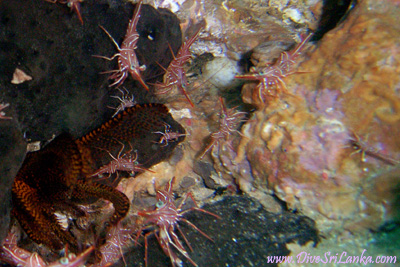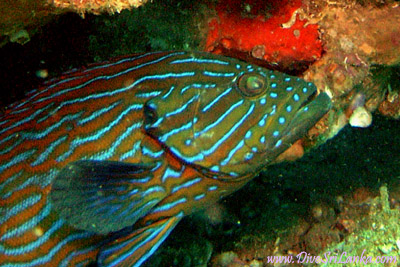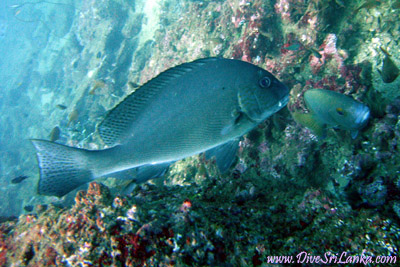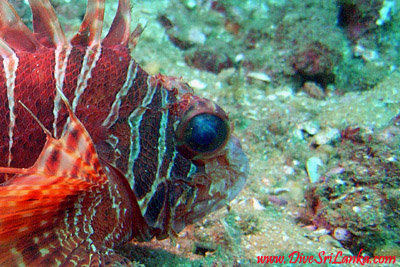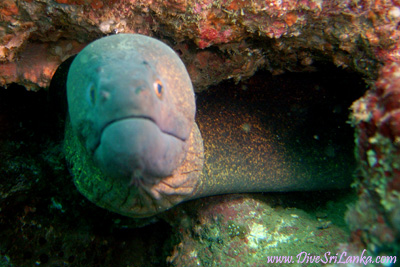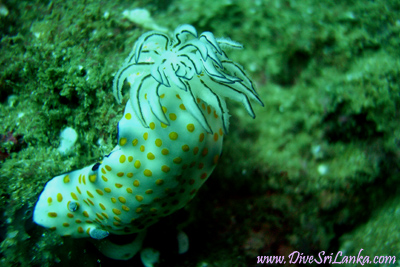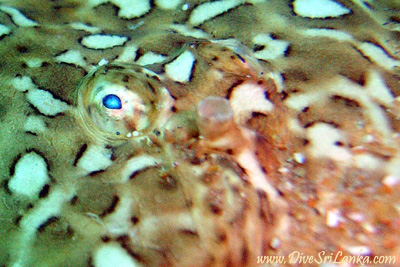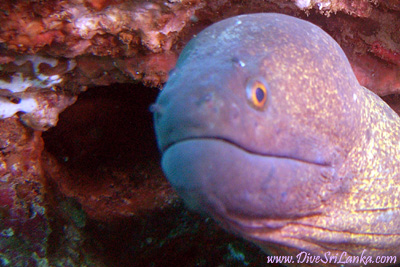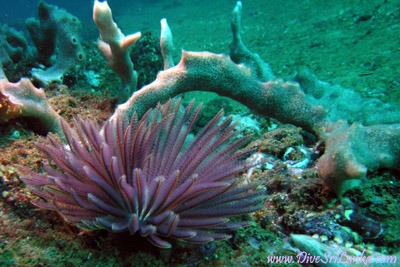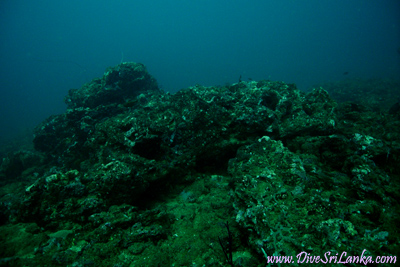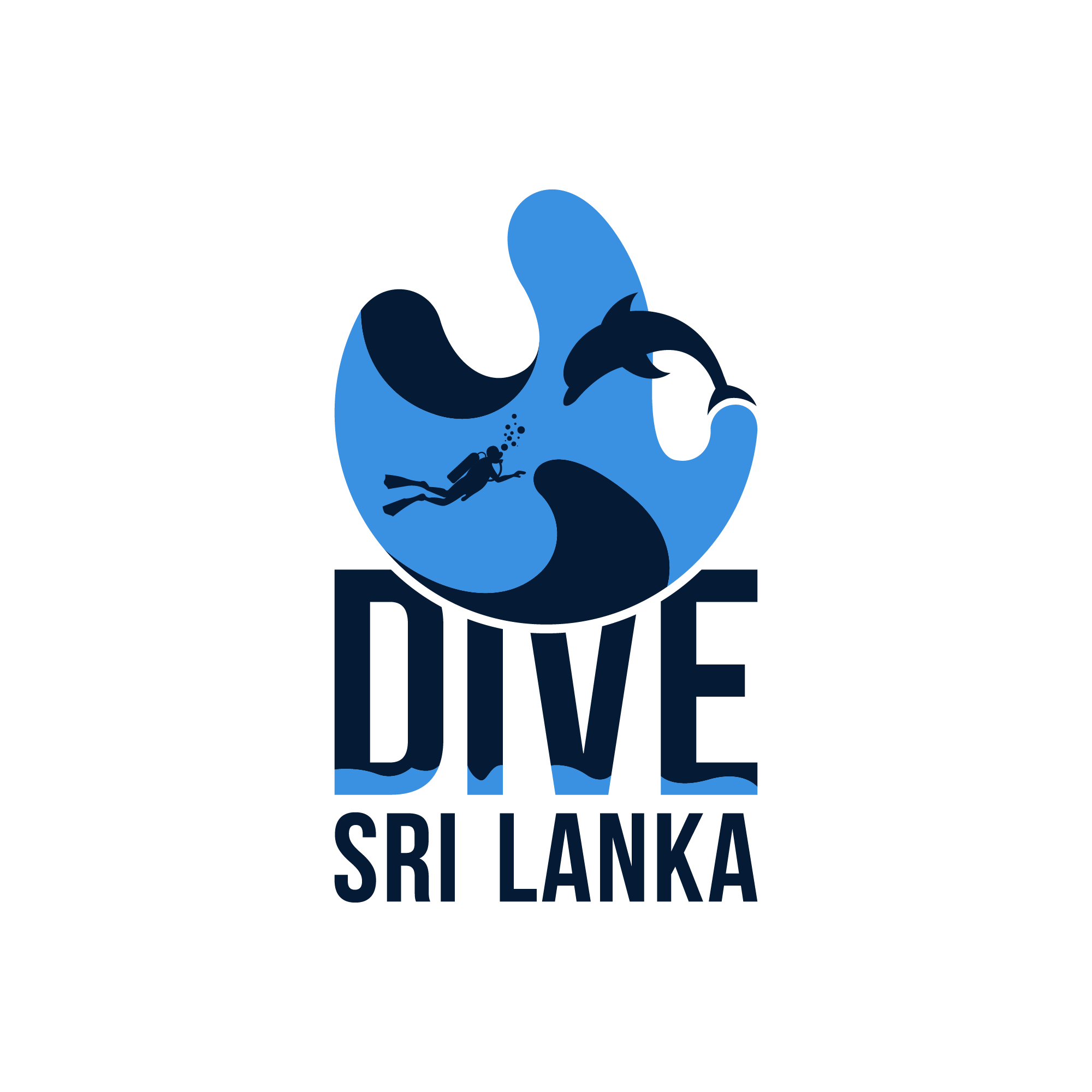

Diving in Negombo is a pleasure not to be missed, with its sun-kissed sandy beaches and waters teeming with colourful reef species and dolphins. The dive sites in Negombo are divided into two areas; the closer dive sites known as the second reef are 5 to 8 kilometres from the beach, and the more remote dive sites known as the third reef are almost 22 km away.
Lobster Reef, a divine dive site in the third reef cluster, is a fantastic diving location with lots of variety. The Negombo harbour is not too far to the northwest from this location. The lobster reef is a long reef that spans northwest and is divided into three sections: the south, the middle, and the north.
These reefs have excellent ratings with a 16m hue depth, and the boat time is 30 min. All the dive sites at Negombo 2nd Reef have a typical appearance of stones and debris. A diver may easily spend more than an hour here because there is so much marine life, tiny creatures like nudibranchs, flounders, and shrimp.
Visibility is up to 25 meters from the boat, and schools of dark fish appear and disappear instantly, occasionally with the appearance of a school of dolphins over the water. However, the prettiest treats are marble rays, the largest of which has ever been seen in Sri Lanka.
The best dive site, called lobster reefs, is located at the third reef, 22 kilometers down in the ocean, the last uncharted dive site, where there are no trawlers or boats and only calm, deep blue seas as far as the eye can see. The third reef is a lengthy reef made of a collection of cold stones.
Numerous fish species, ranging in size from tiny creatures like nudibranchs to occasionally large animals like rays, make their homes in this reef cluster. The typical reef fish, such as lionfish, blue-lined groupers, flower groupers, moray eels, and if you're lucky, sting rays and eagle rays, are also present.
Much marine life is found at almost all dive sites scattered around Negombo, including groupers, sweetlips, rays, moray eels, barracuda, kingfish, caranx, and the occasional shark and dolphin.
There are 12 dive sites on the second reef, and are accessible during the diving season in Negombo, which runs from December to April. Strong currents and the existence of the neighboring lagoon, which is silt-rich, make it unlikely that clean water will be present every day during this time.
Dives at Lobster Reef, Standard Reef, Bandara Rock, Barracuda Point, Hanova, Adams Peak, and Route 66, all located at depths of 1000m, offer a beautiful display of marine life, including rays, moray eels, and grouper, require 20 to 50 minutes boat time.
The leopard flounder belongs to the left-eye flounders, which means that the right eye has migrated to the left side of the body. It can grow up to 39 cm long. The side of the eyes has rings, spots, and dark spots. There is a more prominent black spot in the middle of the straight segment of the lateral line. The extended pectoral fin of the male serves as a signal during courtship, territory displays, and warning situations.
Leopard flounders use colour to camouflage themselves. The monotonous, mottled colour of Bothus pantherine helps it blend in with the rocky seabed. As its prey swims by, it waits. On approaching the surface, the flounder occasionally changes colour to almost transparent to avoid predators.
The leopard flounder (Bothus pantherine), commonly known as the panther flounder, is a member of the Pleuronectiformes family of Bothidae (left-eyed flounder) (flatfish). This species is often spotted in the mud or sand in the harbour. Its colour ranges from brown to greyish, and its back has a large, recognizable dark spot on the back of the body.
Nudibranchs are a class of marine gastropods with soft bodies that shed their shells following the larval stage. The way how nudibranch covers the reefs is eye-catching.
Aside from nudibranchs lacking a shell, there aren't many established guidelines governing their shapes, morphologies, colours, and life histories. Most belong to four subgroups, of which droids and solids make up most nudibranch species.
The outer layer of Nudibranchs that covers most droids is smooth and thick, and their usual silhouette is broad and flat. Dorids also have an exposed cluster of gills on their backs, as seen in Hypselodoris tryoni. Often the anal cavity lies at the heart of this cloud.
So, If you are bored travelling on land, visit the lobster reef on Negombo, and enjoy all the wonders that the world under the water has to offer.
